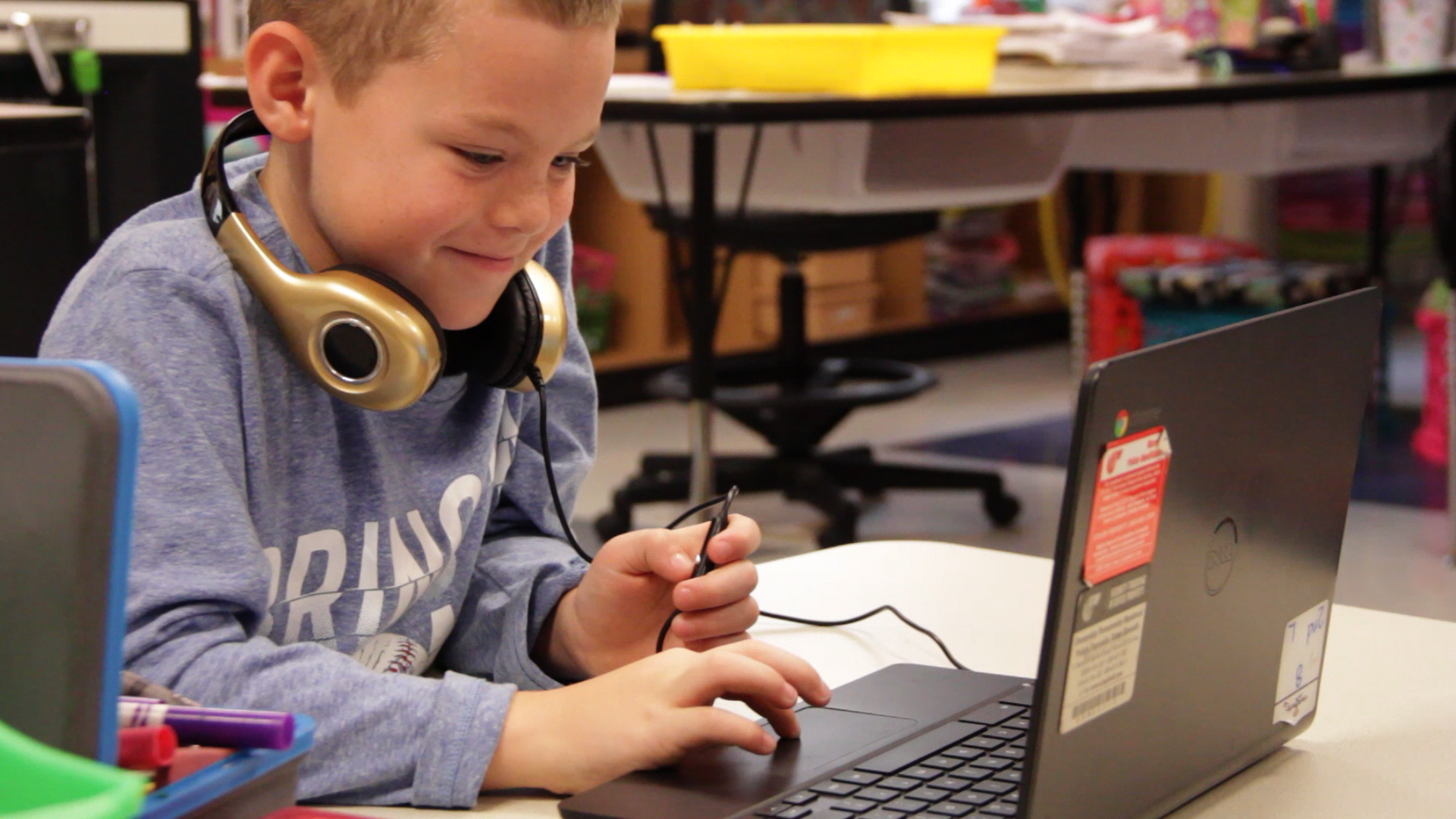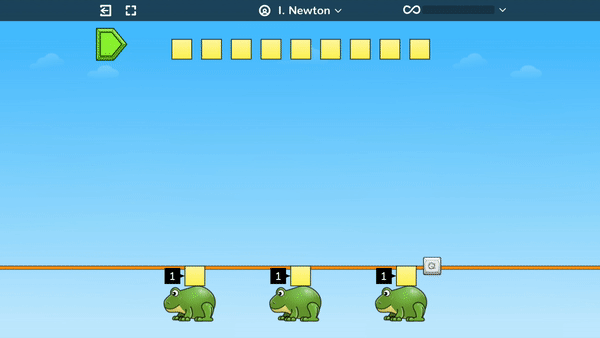What does it mean for students to be fluent in math? Is it measured by speed? What about accuracy?
Educators agree that basic math facts are crucial building blocks for developing a strong understanding of math. Without fact fluency, students often crumble under the burden of conducting basic calculations while attempting to solve increasingly challenging problems.
However, there are two issues associated with measuring math fluency solely based on speed and accuracy. First, neither guarantees automaticity, and second, both require substantial amounts of working memory that should be reserved for higher levels of mathematical thinking.

The key to effortless math fact recall is building conceptual understanding. When students approach problems at the conceptual level, their reasoning skills become stronger since valuable brain power is freed up to apply strategies that make sense to them. And by playing games, students can practice and revise their thinking as they move through the developmental stages of mastering math facts at their own pace (Bay-Williams & Kling 2014).
Fluency was previously viewed in context with speed and assessed through timed tests. However, researchers have found that “timed tests offer little insight about how flexible students are in their use of strategies or even which strategies a student selects. And evidence suggests that efficiency and accuracy may actually be negatively influenced by timed testing” (Kling & Bay-Williams, 2014, p. 490). By refocusing the definition of fluency to affirm strategy use, we help convey a holistic view to students that mathematics is a field rich with problem-solving and creativity.
When learning a new language, speakers want to be able to participate in the natural flow of a conversation. Grammar, syntax, and pronunciation are important facts to know, but carrying on a spontaneous discussion with other people requires a more refined skill set reinforced by practice and persistence. The same is true in math. For example, take my personal journey to learn Spanish.
I took two years of Spanish in high school to meet the state language requirement. We drilled and rehearsed “me llamo” and “me gusta” statements. Conversations in the classroom were limited and constrained by prompts. When I tried my Spanish knowledge in the real-world to converse with a volleyball team from Mexico, all I could say was my name is Emily and I like volleyball.

If I was fluent in Spanish, I would have been able to hold a meaningful conversation with my new volleyball friends from Mexico without having to search for short, set expressions. Fluency for language or math is more than memorization of vocabulary or facts. When presented in familiar contexts, students can extend their knowledge to problem-solve in our data-driven world.
Games are a powerful teaching mechanism to get students problem solving in mathematics. Using well-designed games and other engaging, inquiry-based activities to replace standard practice exercises, such as flashcards or worksheets, extends students’ understanding of math as well as improves their attitude towards mathematics (Bay-Williams & Kling, 2014). Similar findings were also uncovered during research on the ST Math program (Rutherford, 2019).

For games to provide a valuable learning experience, they must offer meaningful engagement. Instead of just presenting equations as facts, ST Math's visual models demonstrate the logic and structure behind them. The best game-based learning programs will actually boost students’ ability to reason and understand underlying concepts. If we’re just gamifying flashcards, we’re not furthering students’ understanding of how math concepts are interconnected. Worse, gamification can send the wrong incentives that math is something to move through to get to the fun prizes or obtain points.

Look for games with multiple representations of math that keep students actively engaged. To learn, we need to actively make decisions and receive real-time feedback to adjust our hypotheses. Multiple representations of math show students there are a number of ways to visualize concepts and solve problems. Plus, questions that change inputs, outputs, and don’t only accept a single solution method helps to build engagement and students’ ability to problem-solve.
ST Math’s approach to math fluency focuses on building number sense and conceptual understanding of math, so students can confidently devise the strategies, including the use of standard algorithms.
ST Math is designed to help all students reach math proficiency through self-paced, language-independent, mastery-based objectives. Our games use interactive, graphically rich animations that visually represent mathematical concepts to improve conceptual understanding and problem-solving skills. Through a 1:1 scaffolded learning environment, games gradually increase in difficulty and provide immediate feedback.
What if encouraging your students to play quality math games does help them become better problem solvers? See for yourself! Visit the ST Math Play Page and explore a variety of free, standards-aligned games that will create more engagement in your classroom.
References:
California Department of Education. (2021). Mathematics framework first field review draft. “Chapter 3 Number Sense.” 21. June, 2021. https://www.cde.ca.gov/ci/ma/cf/documents/mathfwchapter3.docx
Feikes, D. & Schwingendorf, K. (2008). The importance of compression in children’s learning of mathematics and teacher’s learning to teach mathematics. Mediterranean Journal for Research in Mathematics Education, 7. 2.
Kling, G., and Bay-Williams, J.. (2014). Assessing Basic Fact Fluency, Teaching Children Mathematics, 20 (8).
Rutherford, T., Liu, A. S., Lam, A. S., & Schenke, K. (2020): Impact on mathematics self-beliefs from a mastery-based mathematics software. Journal of Research on Technology in Education, 52 (1), 79-94. https://doi.org/10.1080/15391523.2019.1689210

Emily Young is an Educational Partnerships Associate at MIND Research Institute passionate about interactive-learning, STEM, and women in sports. She was a member of the USC Indoor Beach Volleyball team winning National Championships in Spring 2015 and 2016.
Comment